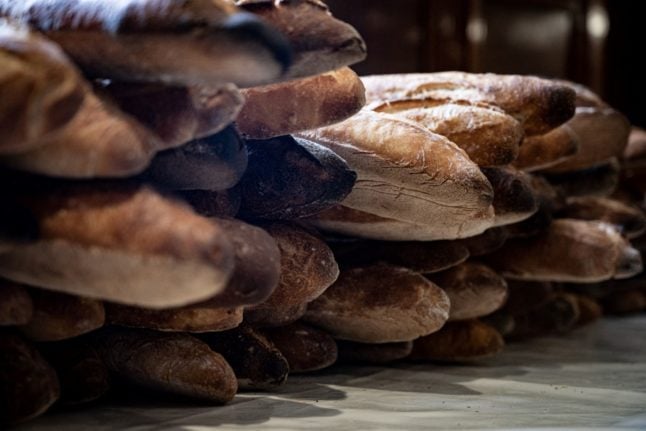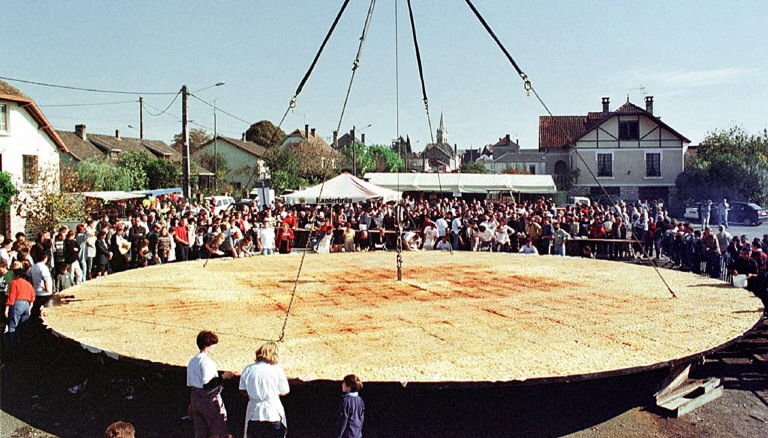France is the world’s second-largest wine producer after Italy, and to many, the Bordeaux area is its crown jewel. But after this year’s harvest almost 10,000 hectares of vineyards in the region will be uprooted.
The reason is that wine demand – especially for red wine – has been decreasing and winegrowers are scrambling to deal with overproduction.
With too much wine on the market, prices have dropped. In January, almost a third of professional winegrowers in the Bordeaux appellation said they were experiencing financial difficulty, with almost a quarter seeing the best solution as uprooting their vines, according to French daily Le Parisien.
AFP reported in February that red wine sales in French supermarkets dropped 15 percent in 2022. Meanwhile, white and rosé wine were less affected, registering declines of around three and four percent.
READ MORE: ANALYSIS: Why the French are drinking less and less wine
According to Le Parisien, when it comes to the decrease in red wine consumption – it is the less prestigious appellations that are suffering most due to the collapse in prices and overproduction. The grand crus – expensive, high-end wines – have been less affected.
The trend of dropping wine consumption is not new – the average amount of wine drunk per year per French person has been declining for the last 70 years. Once at 130 litres per year per person on average, that number is now closer to 40 litres per year.
The reason that red wine sales are declining faster than white and rosé is not clear – but some suggestions include longer, hotter summers leading to a longer season for whites and rosés. Alternatively the decline in the consumption of red meat – the traditional pairing for red wine – has been suggested.
Uprooting the vineyards
The process of uprooting the vines is called “grubbing up” the land, and it would help to reduce production, and allow wine growers to repurpose the land for other activities.
“The grubbing-up of vines in Gironde should not be seen as a step backwards, but rather as a way of preparing to win back the market”, France’s Minister of Agriculture, Marc Fesneau, said at the Salon de l’Agriculture in February.
Le Parisien reported on Wednesday that 9,500 hectares will be uprooted – a number that the Bordeaux wine trade association calculated would help to match supply to demand.
Grubbing up the vines will also help to prevent the spread of ‘flavescence dorée‘ a vine disease that tends to affect abandoned vineyards and can spread to others, leading to major crop losses.
As an incentive to uproot the plants, farmers will be given €6,000 per hectare grubbed up.
Previously, winegrowers had asked for compensation of at least €10,000 per hectare. The organisation “Viti 33” which represents winegrowers in the area, told Le Parisien that the aid offered will not be enough for many winegrowers who may be too old to begin planting new crops.
The French government has also come up with other solutions to deal with the wine backlog. In February, France’s agriculture ministry said it would spend up to €160 million on distilling the tipple into industrial alcohol to use up some of the backlog.
This is also not the first time the industry has faced surplus – in 2020, when France had too much wine to spare as a result of the pandemic, the extra wine was also distilled into fuel for vehicles.




 Please whitelist us to continue reading.
Please whitelist us to continue reading.
Member comments